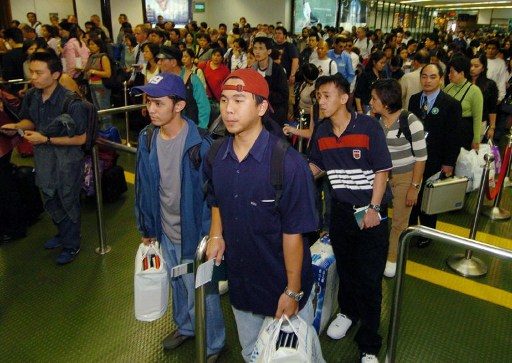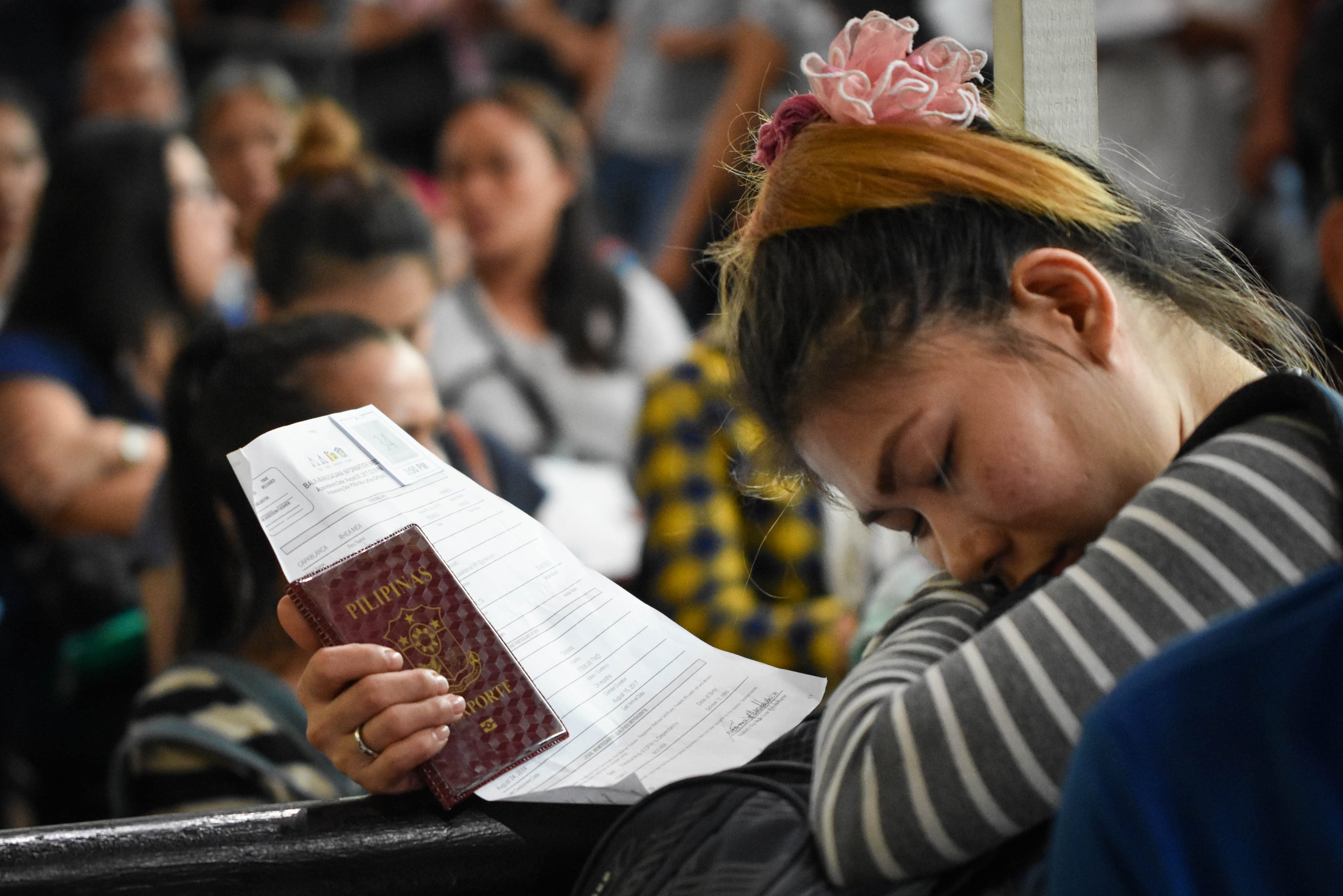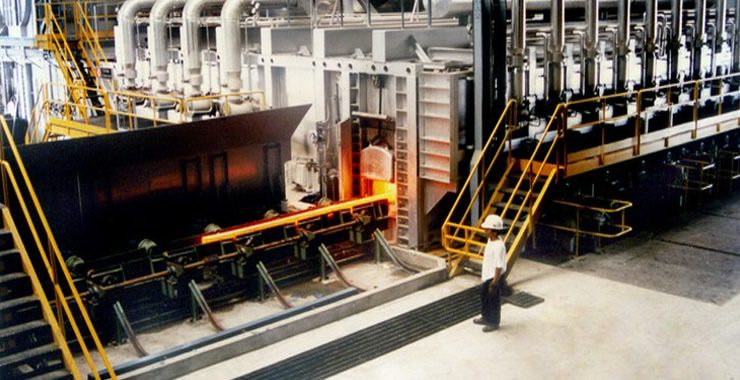SUMMARY
This is AI generated summarization, which may have errors. For context, always refer to the full article.

MANILA, Philippines – The diaspora of our workers is not showing any sign of slowing down.
According to 2016 government data, there are already 2,112,331 OFWs, almost 80% of which are land-based OFWs who vary from household service workers (HSWs) to professionals and skilled workers. (READ: ‘What you need to know about overseas Filipino workers‘ )
With their remittances, OFWs contribute billions of dollars to our national coffers. According to the Bangko Sentral ng Pilipinas, full-year personal remittances in 2016 alone reached $29.7 billion.
But this comes at a great social cost: migration breaks families apart, with millions of children growing up without their parents.
As more Filipino continue to seek greener pastures overseas, the country also continues to lose many of our much-needed professionals and skilled workers – a widely documented “brain drain” phenomenon.
But there is a way we can look at this in a better light: What if these OFWs decide to come back and use the experience and resources they’ve earned working abroad here?
This is “reintegration” which, according to Overseas Workers Welfare Administration (OWWA) administrator Hans Leo Cadac says, is the way we can truly “harness the gains of migration.”

Reaping the benefits of migration
“Reintegration is an empowering concept. You are leaving to reintegrate.”
Cacdac, in a conference Friday, September 29 organized by the Futuristics Center, said this should be the new narrative when talking about reintegrating overseas Filipino workers (OFWs) back to the Philippines.
He said the concept of reintegration has always been seen as a “stop-gap, salvific measure for OFWs who are troubled and want to come back to the Philippines.”
“We need to change this paradigm,” Cacdac said. OFWs should be “empowered enough to plan and save ahead.”
For him, reintegrating OFWs does not happen in a flash. Instead, it begins upon the OFW’s departure.
The idea is to promote among OFWs the consciousness to reintegrate from the beginning of their journey abroad. OFWs should leave with the goal of eventually returning to the country and using what they’ve learned abroad here.
This is why the government’s reintegration program is essentially a preparedness program not only for OFWs but their families as well.
“It does not ask OFWs to return home now, it only makes OFWs aware of options for their eventual return to the Philippines and offers choices for them to optimize their gains from overseas employment,” Cacdac said.

A very important component of the program is entrepreneurship. With it, the government tries to help OFWs become financially self-sufficient by helping them polish their entrepreneurial skills. The program, however, veers away from encouraging OFWs to borrow money and instead, teaches them and their families to save.
This is no easy task. A critical concern in the program is that most OFWs perceive reintegration as a government responsibility. Cacdac said that what we need to make OFWs understand is that reintegration is their responsibility to themselves and their families.
“The OFW must prepare and choose what he wants to be, to do, and to have for his future,” Cacdac explained.
This is why the implementation of the reintegration program is a multi-sectoral concern, involving not only the government, but non-governmental organizations, the media, academe, and the private sector.
Opportunity from ‘brain drain’
The good news is that many companies in the Philippines also have this reintegration paradigm in mind. One of which is SteelAsia Manufacturing Corporation, a steel company based in the Philippines.
At the same conference, SteelAsia’s Assistant Vice President for Market Development Rafael Hidalgo shared how their company is losing 5-7% of their skilled workers to overseas employment every year.
SteelAsia currently employs 3,000 personnel in 6 plants in the country, 60% of which are involved in production and maintenance.
The nature of their work and the standard they’ve set up for themselves requires the company to heavily invest in the training and development of their employees.
Their company is not the only one who sees the value in these trainings, as many recruiters for similar companies overseas target and “pirate” their employees.
“The steel industry in the Middle East especially likes Filipino workers. And among Filipino workers, they like Steel Asia’s workers because of the training we give them,” Hidalgo said.

This is a big problem, considering that they spend a lot in training their people, only for them to be taken by companies abroad. “There’s nothing we can do about it,” Hidalgo admitted.
Despite this, Steel Asia saw an opportunity: They can eventually hire these skilled workers back but as managers and supervisors.
While they were lured by the higher salaries abroad, Hidalgo said that most of their employees-turned-OFWs don’t really want to work abroad forever and would rather stay here if they are given the opportunity and salary that are at least close to what they can get overseas.
SteelAsia is willing to pay more for their returning employees, considering the experience they’ve gained abroad. “We’re not afraid of paying them more… They usually come back as better employees,” Hidalgo said.
With this in mind, SteelAsia does not have to worry about their investment in training their workers going to waste. “We train them. We will lose them, but we keep on training them. When they return, we still train them,” Hidalgo added.
This is why, Hidalgo shared, whenever one of their workers tells them that he’s leaving to work abroad, they confidently say one thing: “Congratulations on getting hired. When you come back, there’s a better job waiting for you.” – Rappler.com
Add a comment
How does this make you feel?
There are no comments yet. Add your comment to start the conversation.